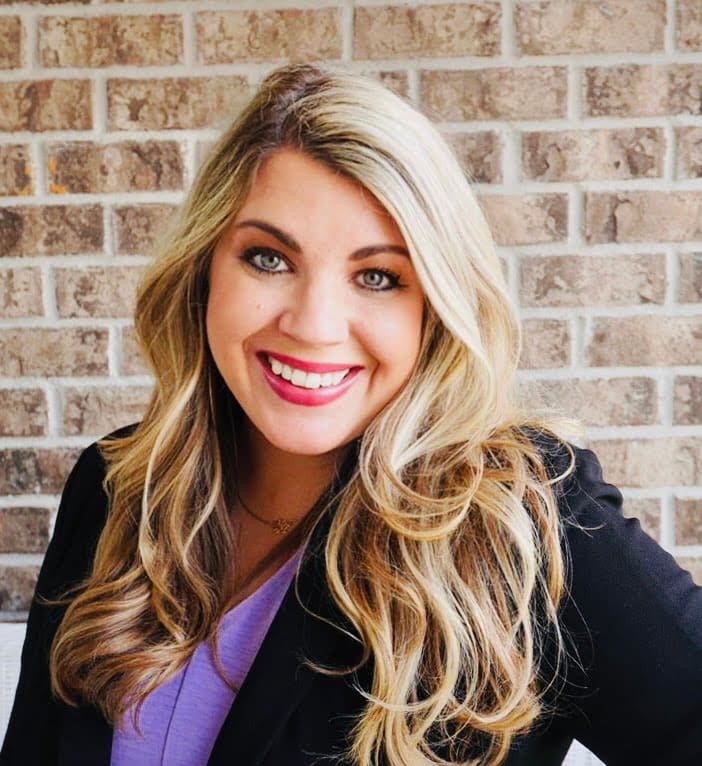Social Media and Social Issues: How Solution Providers Can Take a Stand
More and more companies are stepping into social causes—driven by growing public interest and expectations. Social media has been a
We are a few weeks from the end of the school year. This time of year is exciting, stressful, and…interesting, especially lately. April and May consist of standardized tests, finals, award ceremonies, field days, and celebrations, and it is also time for educators to renew their upcoming school year contracts.
So, what is Teacher Burnout?
Teachers continue to leave the classroom and explore other educational avenues or a new career path. The proof is in the data. Several sources estimate that schools are short at least 55,000 teachers, with an additional 270,000 positions filled by under-qualified personnel. This issue is widespread, with 86% of school districts struggling to fill open positions in the United States.

At a local level, schools of all sizes experience high turnover every year, which presents various challenges for administrators, faculty, and students.
Factors driving teacher attrition include heavy workloads and a poor education landscape of Individual Education Program (IEP) plans. Naturally, as teachers continue to leave the classroom, there are staff shortages, which causes more work for those who stay. Social media issues are on the rise, while salaries aren’t. Physical safety issues are a concern. Did you know that there have been over 400 school shootings in the last two years? (Center for Homeland Defense and Security)
While mental health issues continue to grow, more than 75% of teachers have reported having stress-related health issues. And, of course, a deficit of education funds is also a frustration, as many educators have to teach outside their expertise and certification. Teachers are often exposed to continuous criticism because of modern-day parenting, and many parents air their complaints on social media. In short, many educators feel like they’ve lost the good fight in 2025, which is incredibly sad and worrisome.
According to the National Education Association, teacher burnout is “a condition in which an educator has exhausted the personal and professional resources necessary to do the job.”
While burnout is common in all professions, teachers tend to experience higher levels. The current trend shows that a high percentage of teachers report feeling burned out, with 52% of K-12 teachers reporting burnout, the highest among all occupations.
The shortage leads to understaffed classrooms, increased workload on remaining teachers, and potential negative impacts on student learning.
Ask any teacher who has left the classroom, and they still care about their students. In fact, that’s why they stayed so long. Ask any teacher still teaching in the school, and that is their reason for staying there. Teachers care about their students; it’s never been about that. It’s been about everything else. So, how do we eliminate many of the hurdles that get in the way of educators teaching their students?
To fix this problem in the future, schools must target the root causes of burnout. For example, staff shortage issues could be resolved through an employee-friendly environment, sufficient funding from authorities, and higher incentivized employment programs. Of course, this is in an ideal world, so in the meantime, please support teachers and appreciate all of their efforts—they are vast and many.

Meredith Biesinger is a licensed dyslexia therapist in Mississippi, in addition to being an experienced classroom teacher and K-12 administrator. Meredith also works as a consultant, where she bridges the bridge the gap between K-12 school districts and ed-tech organizations. With a passion for literacy, she is also a professional writer and syndicated author. With a M.Ed in Educational Leadership and a B.S. in English Education and Creative Writing, she has had rich and diverse opportunities to teach students and education professionals in different parts of the country as well as overseas.
More and more companies are stepping into social causes—driven by growing public interest and expectations. Social media has been a

Consider education spending by state: compare per-student costs, funding sources, and recent trends in a concise, data-focused overview.

Is outsourcing data cleansing the right choice for your business? Discover the power of clean education data and learn how a trusted third party can help.
We’re here ready to answer your questions! Share a little information with us below and one of our Agile experts will be in touch shortly.
We use cookies to give you the best online experience. Cookies keep our site secure and reliable. They allow us to personalize agile-ed.com to you and help us analyze how the site is used.